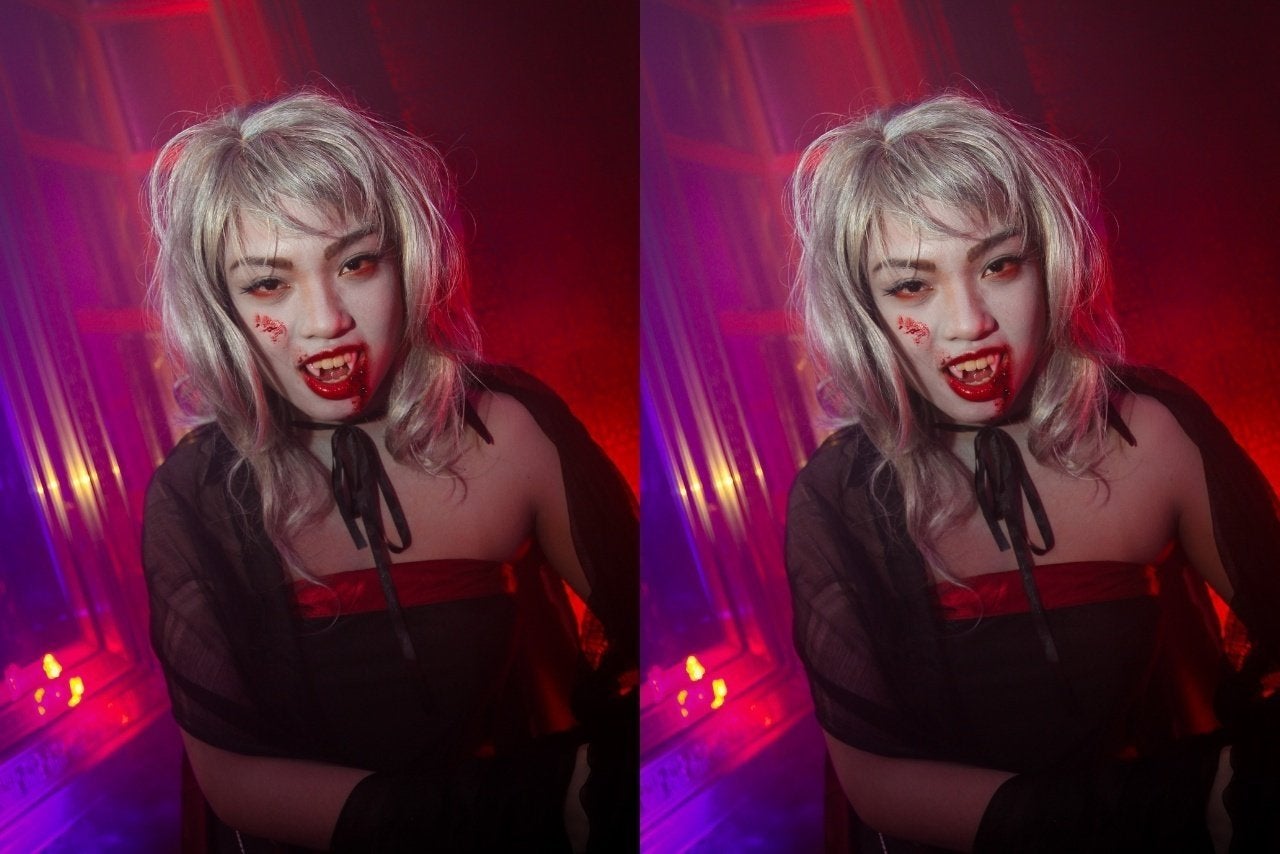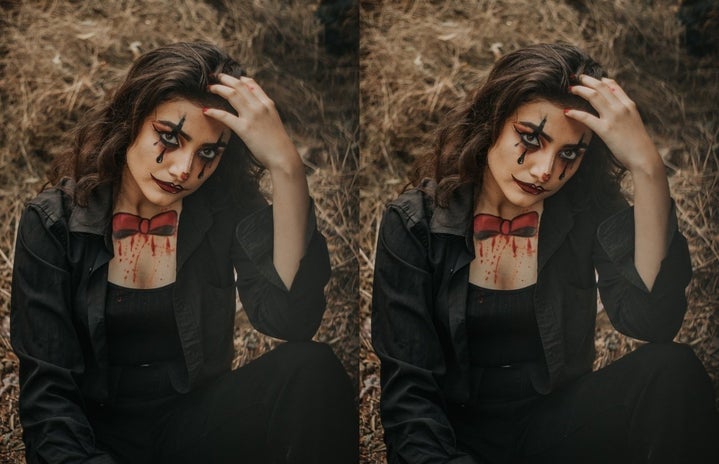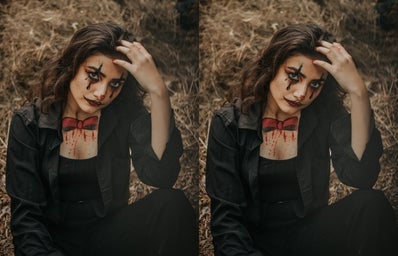As was once said in the ever-iconic 2004 teen comedy “Mean Girls,” “In girl world, Halloween is the one night a year a girl can dress up like a total sl*t and no other girls can say anything about it.” Putting aside the painful sexism of the quote, it speaks volumes about the general modern Halloween costume trends of adult women. Obviously, women and girls can wear virtually whatever they please on the holiday without scrutiny–but at large, particularly among college students, the sexualization and hyper-feminization of any conceivable “regular” costume is widespread. I say this with no judgment at all–at least personally, the idea of dressing up with my friends as a convent of sexy nuns, or something, sounds pretty fun and hilarious.
Comparing the oldest Halloween costumes to popular trends of today is a stark difference. In fact, when considering the origin of Halloween as a holiday–a festival intended to ward off bad spirits–I can’t help but wonder about how our current traditions have developed.
During ancient celebrations, it was believed that the time of year Halloween occurs was when our human world intersected with the world of spirits, thus the tradition of donning costumes was born. The idea was that wearing some sort of spooky mask or animal skin would disguise you from wandering spirits, who might mistake you for one of their own and pass you by. An interesting tradition carried on from ancient festivals was that villagers would pull pranks on each other and blame their mischief on spirits. Irrelevant to the evolution of costumes, but pretty funny nonetheless.

Halloween traditions, brought over by European immigrants, took hold in the States. Archival photos like this one from the early 1900s show young girls donning scary-looking masks and creepy costumes. Interesting to note is one of the girls dressed up in a child-size flapper outfit, indicating the popularity of more contemporary, culturally influenced costumes.
Halloween was largely a children’s affair until the 1960s when adults began to join in on the dressing-up once again. Masks saw a drop in popularity, and the eerie and heavy costumes from the earlier century fell out of vogue. As the entertainment industry continued to boom, accessible to everyone, the costume of choice for most shifted from spooky costumes to those influenced by popular culture—superheroes and Disney princesses were among the lineup. In the following decades to date, Halloween kicked into high gear its shift away from its pagan roots towards being a day for the layman to express his wildest fantasies through costume. A capitalistic extravaganza of letting-loose for adults, an obviously desirable opportunity of free candy for children.
Costumes these days, particularly among adult women, have an emphasis on being revealed as a result of party culture’s intersection with the celebration of Halloween. This is ironic, considering the idea of Halloween costumes grew from what was virtually a disguise, as covering as possible, in fact from evil spirits. Although the popular practice of costume-wearing has changed dramatically, Halloween has hardly lost its spooky origins.


